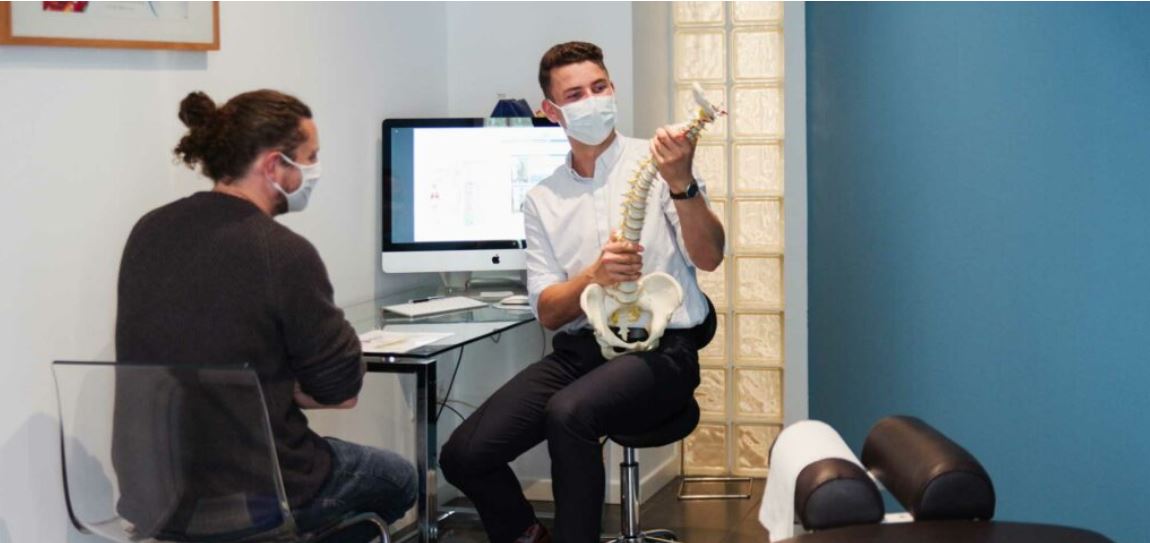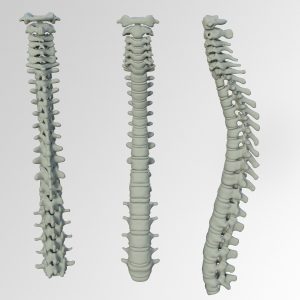One of the most important benefits of chiropractic care is the restoration of normal mechanical alignment and function of the spine. But getting the shape of your back back to where it should be takes time and effort… especially if your spine is tight and stiff to begin with.
Reshape the spine
If you've ever worked with a fresh block of modeling clay, you already know how difficult it can be to model at first. You have to work with it, kneading it and softening it until it becomes more flexible. The more you work with it, the more moldable it becomes, and the easier it is to shape. Restoring the frontal alignment and normal lateral curves of the spine is no different.
If you've never had your spine adjusted before, it's not uncommon for you to feel tension or pain in the first "kneading" part of caring. chiropractor. But don't worry, it is only temporary, much like the pain you feel the first time you go to the Gym. With each adjustment you will gain flexibility, and with greater flexibility there will be less tension and discomfort.
parts of the spine
La spine It is made up of 33 bones in newborns and 26 bones in adults. This is due to the fusion of the sacral and coccygeal vertebrae during development. The vertebrae have the function of protecting the spinal cord and allowing us to stand and bend.
The vertebrae are stacked one group on another in four different regions:
- Cervical vertebrae (C1 – C7). The cervical spine is subdivided into two parts:
- Upper cervical region (C1 and C2). The C1 vertebra is called the atlas and the C2 axis.
- Lower cervical region (C3 to C7).
thoracic vertebrae (T1 – T12). The thoracic vertebrae increase in size from T1 to T12.
In the chest region, the thoracic spine joins the ribs. The spinal canal in the thoracic region is smaller than in the cervical or lumbar areas. This puts the spinal cord in the thoracic area at greater risk if there is a fracture. - lumbar vertebrae (L1 – L5). The lumbar vertebrae range in size from L1 to L5. These vertebrae are responsible for supporting most of the body's weight and related biomechanical stress. The lumbar vertebrae are large, wide and thick. L5 is the lowest lumbar vertebra and articulates with the sacrum. The sacrum joins the pelvis.
- sacral region. The sacrum is located behind the pelvis. The sacrum is made up of five bones (abbreviated S1 to S5) fused into a triangular structure. It sits between the two hip bones that connect the spine to the pelvis. The last lumbar vertebra (L5) articulates (moves) with the sacrum. Immediately below the sacrum are five additional fused bones that form the coccyx (tailbone).
An expert professional team specialized in treating and preventing any type of ailment works in our chiropractic center in Barcelona. Do not doubt contact Contact us and we will clarify any questions about our services. We are specialists in treatments of the spine, fight stress, neck pain, migraines, fibromyalgia, herniated discs, sciatica, lumbago, scoliosis ...We have experience in patients of all ages. We will be delighted to assist you.




